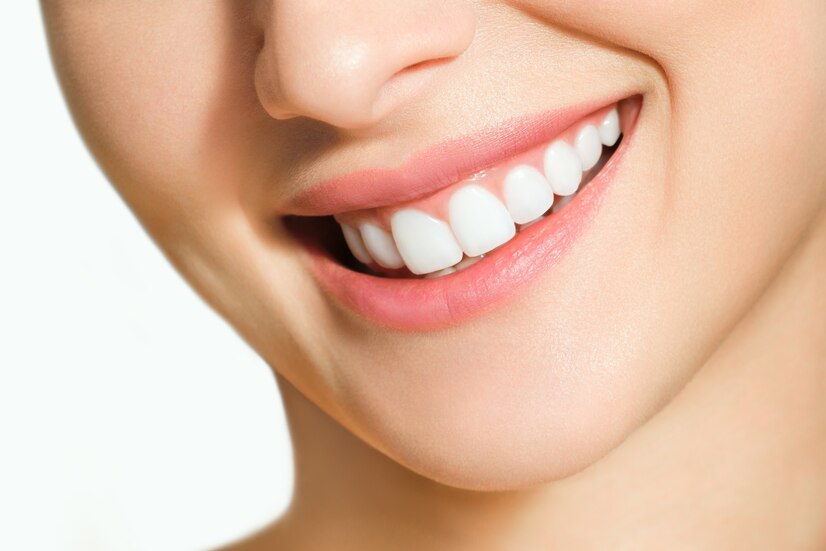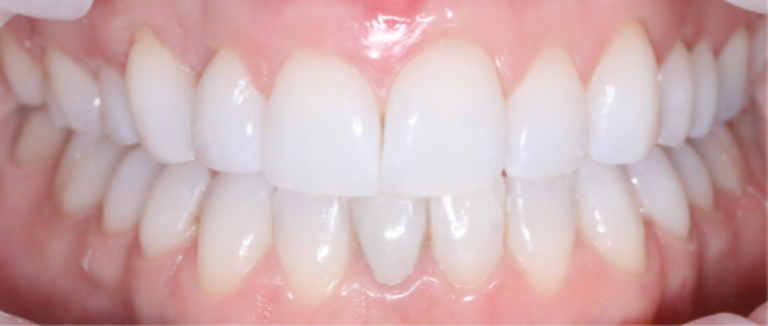Teeth Whitening For Sensitive Teeth: Tips And Recommendations
for individuals with sensitive teeth, the thought of whitening treatments can be daunting. Sensitivity can arise from various factors such as enamel erosion, gum recession, or exposed dentin. Fortunately, there are several strategies and considerations to make teeth whitening a comfortable experience for those with sensitive teeth.
To Know More About it Please Click Here
Understanding Teeth Sensitivity
Before delving into whitening methods, it’s essential to understand why teeth become sensitive. The outer layer of teeth, called enamel, protects the inner layers, including dentin and pulp. When enamel wears down or gums recede, it exposes the dentin, which contains microscopic tubules leading to the nerve center of the tooth. These tubules allow external stimuli such as temperature and chemicals to reach the nerve, causing sensitivity.
Consultation with a Dentist
Before undergoing any teeth whitening procedure, it’s crucial to consult with a dentist, especially for individuals with sensitive teeth. A dentist can evaluate the root cause of sensitivity and recommend appropriate whitening options tailored to individual needs.
Gentle Whitening Products
Opt for whitening products specifically formulated for sensitive teeth. These products typically contain lower concentrations of whitening agents such as hydrogen peroxide or carbamide peroxide. While they may take longer to show results compared to stronger formulas, they are gentler on sensitive teeth and reduce the risk of irritation.
Desensitizing Toothpaste
Using desensitizing toothpaste containing ingredients like potassium nitrate or strontium chloride can help alleviate tooth sensitivity over time. Incorporating this toothpaste into your oral hygiene routine can prepare your teeth for whitening treatments by reducing sensitivity.
Gradual Whitening Approach
Instead of opting for intensive whitening treatments that promise instant results, consider a gradual approach. This involves using whitening products for shorter durations or less frequently to allow your teeth to adjust gradually. Slow and steady whitening can minimize sensitivity while still achieving noticeable results over time.
Custom-Fit Whitening Trays
Custom-fit whitening trays, obtained through a dentist, offer a more precise and comfortable whitening experience compared to over-the-counter trays. These trays ensure the whitening gel is evenly distributed and minimizes contact with sensitive gum tissues, reducing the likelihood of irritation.
Avoidance of Triggers
During and after teeth whitening treatments, it’s advisable to avoid triggers that exacerbate sensitivity. This includes acidic foods and beverages, extremely hot or cold foods, and abrasive oral care products. Minimizing exposure to these triggers can help prevent discomfort during the whitening process.
Post-Whitening Care
After completing a whitening treatment, maintaining good oral hygiene practices is crucial for preserving results and minimizing sensitivity. Regular brushing with a soft-bristled toothbrush, flossing, and using fluoride mouthwash can help protect enamel and reduce sensitivity.
Conclusion
Teeth whitening for sensitive teeth requires a cautious and tailored approach to minimize discomfort and achieve the desired results. By consulting with a dentist, choosing gentle whitening products, and following recommended strategies, individuals with sensitive teeth can still enjoy a brighter and more confident smile without compromising their dental health. Remember, patience and consistency are key to successful whitening outcomes while prioritizing tooth sensitivity management.
Also, Follow us on Instagram







